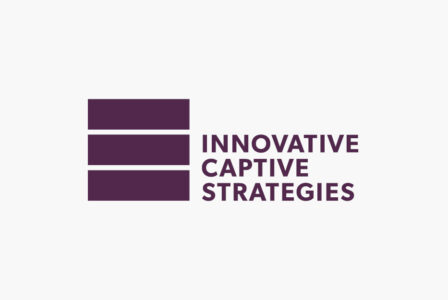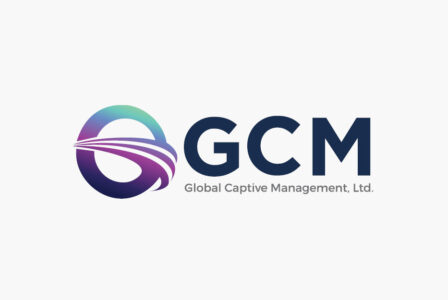Are you:
- Frustrated with traditional insurance market pricing?
- Feeling a lack of stability over a large business expense?
- Getting little transparency from leading insurance carriers?
- Feeling like you lack control of your outcomes?
If any of these apply to you, captive insurance might be the perfect option to take your business to the next level. Captive insurance allows you to add to your bottom line, own your outcomes, and maximize a long-term business strategy.
This alternative brings together like-minded businesses to form their own insurance companies. Some of the solutions captive insurance can bring employers include:
- Control over individual premiums and returns
- Stability of a long-term business strategy with insulation from market volatility
- Opportunity to allow for underwriting profit and enhance company culture
- Incentivized improvement in risk and safety and/or health and wellness
These are just some reasons employers choose to move forward with an insurance captive. Instead of “renting” insurance from large carriers in the traditional market, you get to own your insurance and the success it brings.
Types of Captive Insurance
Property Casualty Group Captives
In Property Casualty group captives, you join a member-owned group captive for your workers’ compensation, general liability, and auto insurance coverages. This grows your professional network, provides a peer group environment to promote best practices, and enhances your company culture and safety results.
Employee Benefits Group Captives
In Employee Benefits group captives, you are provided an alternative option for health insurance. This innovative solution rewards businesses for making health and wellness a priority, as well as benefiting from group captive ownership. The biggest difference between traditional health insurance and an Employee Benefits group captive is you don’t have to pay for unnecessary insurance or coverages your employees don’t use.
Other Types of Captive Insurance
Captive insurance is not a one-size-fits-all solution. There are many types of insurance captive solutions. Learn more about captive types to understand what’s best for you!
A single-parent captive is owned and controlled by a single-parent organization, company, partnership, trust, or individual. This structure is typically used by hospitals, other not-for-profit organizations, or large and mid-sized privately owned for-profit organizations.
An association captive is similar to a group captive, except it is sponsored or owned by an association versus individual members.
An agency captive is owned by an insurance company and provides clients with a creative alternative risk structure.
A segregated portfolio company is a legal structure in the Cayman Islands and many domiciles, and it offers similar segregated cell, incorporated cell, etc. legislation.
A portfolio insurance company is similar to a segregated portfolio company. Incorporating a portfolio insurance company sets the structure apart from an unincorporated cell in a segregated portfolio company.







